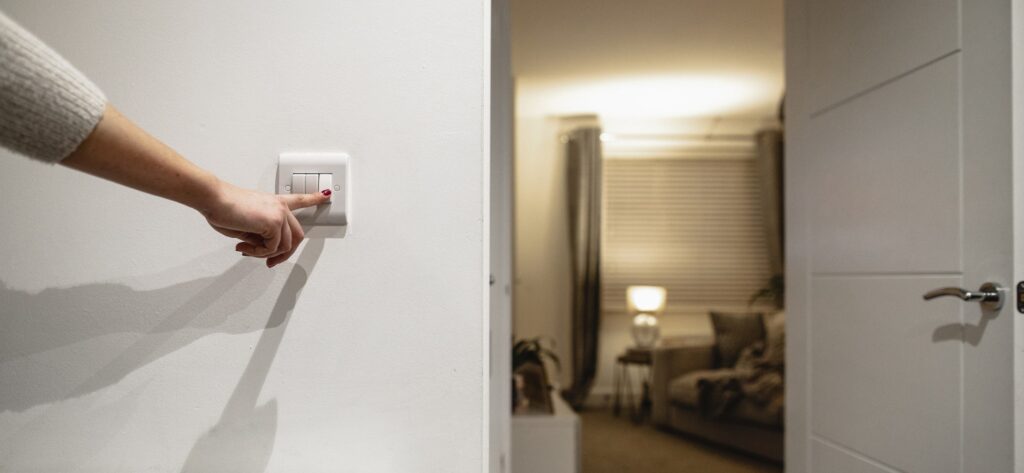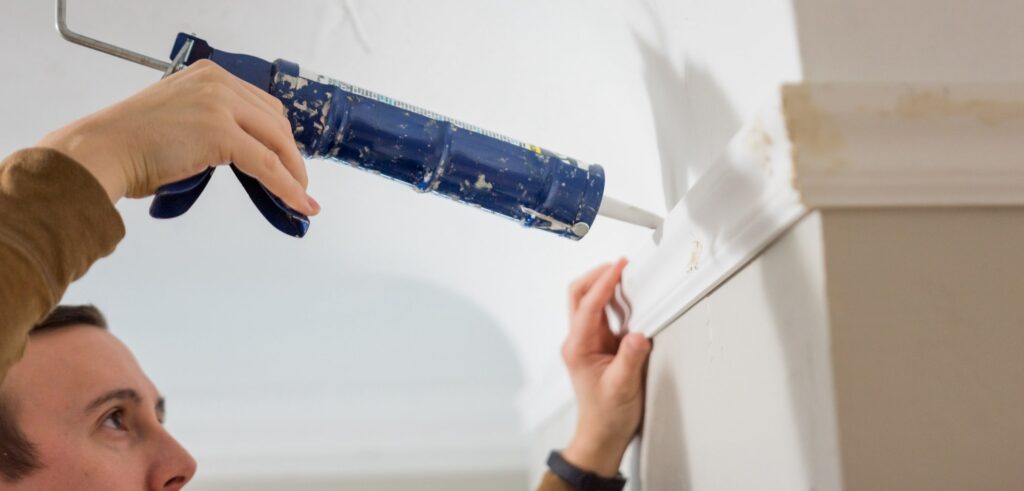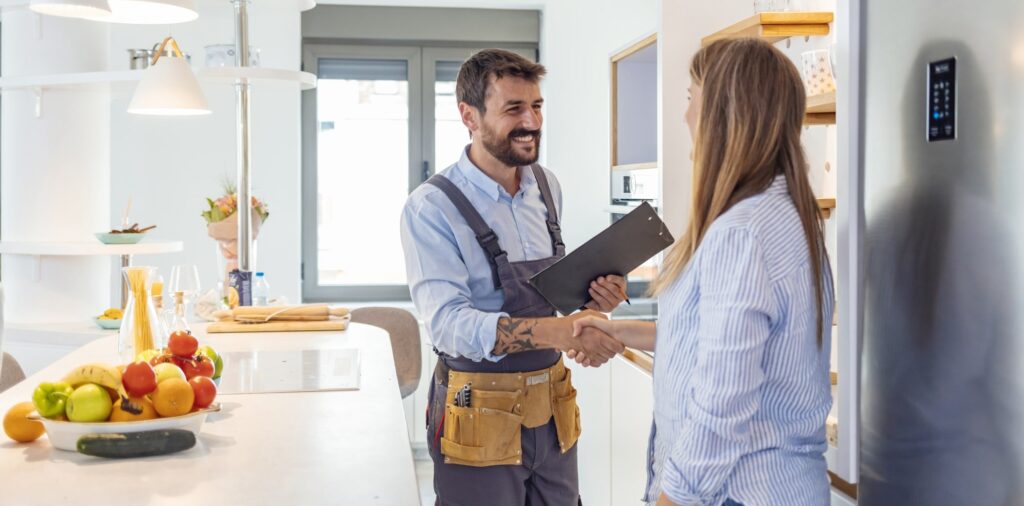If you’ve noticed your utility bills skyrocketing after every day use and are struggling to maintain comfortable indoor temperatures, your home may be due for some energy efficient upgrades. In order to determine which property upgrades you are most in need of, you may want to conduct a home energy audit to determine where energy is being lost in your property.
Home Energy Audit
Called the “Whole House Systems Approach” by the US Department of Energy, this process investigates the main cause or causes of energy issues in your home, as opposed to fixing just the symptoms. Instead of being tempted to pay for another “quick fix”, you will consider many variables to help lead you to the root cause like air leaks or inefficient appliances.

While paying for a professional energy audit is the best way to guarantee a thorough assessment, you may still be able to identify money saving opportunities with a thorough walkthrough of your home. Use the home energy audit checklist and questions for each area we compiled below to help guide you through this process.
Air Leaks
Also referred to as a draft, occurs when the warm air in your home escapes through holes or leaks and cold air comes in from outside. If your home is drafty, the heating system will work harder to maintain a warm temperature, making it less efficient and very likely raising your energy bills. You are most likely to find air leaks at the meeting point of walls and ceilings or along your baseboards and the edges of your flooring. Answering the following questions can help you locate where leaks may be occurring:
- Are switches, electrical outlets, and plumbing flush against the wall?
- Is the basement and or attic colder than the rest of your home?
- Do windows and doors have warping and lack of weatherstripping?
- Is it colder in the area surrounding your fireplace?
- Are there holes in and around the lighting fixtures?
After locating areas with leaks, it is important to seal them with appropriate material like caulking for plumbing fixtures or wall gaps and weatherstripping for windows and doors. While assessing these areas of your home it is also important to make note of any damage to your foundation or siding.

Ventilation & Insulation
Depending on when your home was built, the ventilation system may be outdated or you may have inadequate or even missing insulation in areas of your home. Answering the following questions can help determine if your homes ventilation and insulation could be improved:
- Is the air supply to your HVAC system crowded?
- Is the ventilation system blocked by insulation?
- Is there soot or smoke as evidence of poor drafting?
- Do you have appropriate insulation in your ceiling and wall?
- Does the attic hatch have weather stripping?
- Are there gaps in the attic warm air is escaping from?
- Is there a vapor barrier under attic insulation to protect against mold?
HVAC
Energy Star estimates that replacing an old HVAC system can save homeowners up to 20% on heating and cooling costs. If your HVAC system has surpassed its operational lifespan or hasn’t been well maintained, it may be time to consider replacing your unit. Answering the following questions can help determine if your HVAC system may need to be replaced:
- Is the unit older than the average 10-15 year operational lifespan?
- Has the system been checked and maintained at least once a year?
- Is there dust, soot, constant noises or odors coming from the unit?
- Are there dirt streaks near the seams to suggest an air leak?
Lights
Energy Star states that lighting usually accounts for 12.5% of a home’s utility bills. By switching to energy-efficient bulbs like incandescent, LEDs, or CFLs you can lower your monthly energy bills. You can also consider adding timers or dimming options to help control your usage.

Appliances
While assessing the type and age of your appliances will help in determining if they are due for upgrades, answering these questions can help you pinpoint ways to improve energy efficiency:
- Are you using your appliances during peak hours when prices are highest?
- Could certain appliances be unplugged when not in use to prevent phantom loads?
- Can default settings be switched to ones that use less energy?
Post Audit Assessment
After conducting your energy audit you may have noticed one or more improvements or upgrades that could be made to increase the comfort and efficiency of your home. Answering the following questions can help you better prioritize projects to get the most out of your investment:
- How much on average do you spend on energy?
- Where are the greatest energy losses in your home?
- What is your budget for improvements and upgrades?
- How much time do you have for maintenance and repairs?
- Can you fix the issue yourself or do you need to hire a contractor?
- How long do you plan to own your home & how much value do you want out of it?
- After your investment, how long will it pay for itself in energy cost savings?
- Aside from energy-efficient savings, are there other benefits like increased comfort?

After completing your DIY home energy audit, it is advised to have a professional energy auditor come to complete a more thorough assessment of your home. Your personal assessment will help the auditor in understanding your issues with comfort and air quality while pinpointing areas for saving money and energy. Depending on your home’s location and size, a professional audit can cost between $200-$650, but many utilities offer them at no or reduced cost to their customers.
PACE Financing
If the upfront costs associated with the needed improvements are stopping you, consider the Property Assessed Clean Energy (PACE) financing program. PACE allows homeowners to finance 100% of energy efficiency and home safety projects with:
- Zero upfront payments
- Low-interest rates
- Terms of up to 30 years
- Additional consumer protections
Ready for a more comfortable home? Give our experts a call at 844.736.3934 and get pre-approved today!
Important Disclosures
PACE financing is subject to approval. Underwriting requirements and restrictions apply. PACE financing is secured by a lien on the subject property and often required to be repaid upon refinance or sale. Homeowners are encouraged to use PACE financing responsibly. PACE financing is private financing that must be repaid in full. PACE financing is not a government subsidy. Renew Financial is a private company and not a government entity. The installation or construction of property improvements financed with a PACE assessment is provided through a home improvement contractor or other third-party provider, and not by Renew Financial or a government entity. Homeowners should perform due diligence before selecting a home improvement contractor. Financing provided in California through Department of Financial Innovation and Protection License No. 60DBO-90653.
All content provided on this blog is for informational purposes only. Renew Financial makes no representations as to the accuracy or completeness of any information found by following any link on this site. Renew Financial is not a financial or home improvement advisor and information contained in this post should not be viewed as legal or financial advice.


